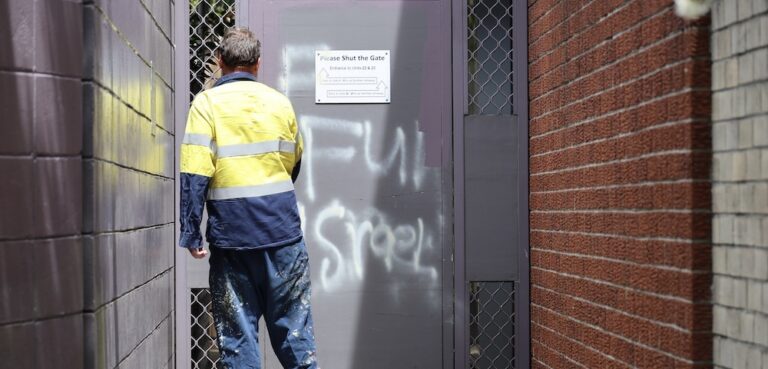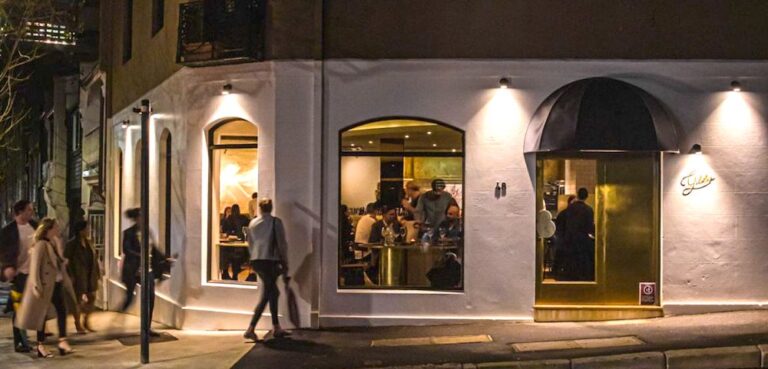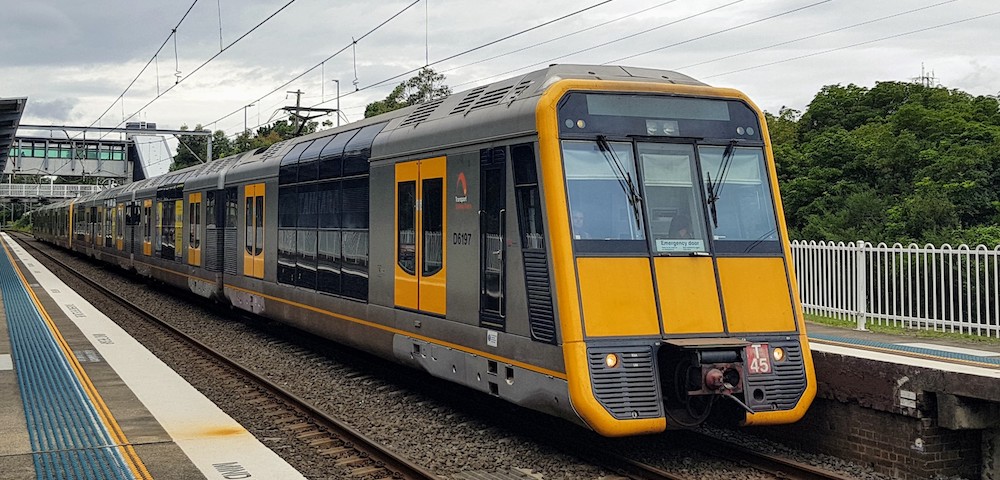

by ALEC SMART
Like a cud-chewing cow belching ozone-depleting gases, Sydney Park, the former brickworks and garbage dump in St Peters, is burping and farting methane from landfill gas below again. Two areas in the park were fenced-off recently and the park’s managers, City of Sydney, are monitoring the emissions.
Signs attached to the fencing warn: “Do not enter this area. This area has been fenced off for your safety as it may contain concentrations of methane gas. Methane can be flammable. Do not use lighters, matches or barbecues in this area.”
Ironically, one of the enclosed areas includes a park bench popular with cigarette smokers.
Low risk
Methane is a colourless, odourless non-toxic gas, but it is highly flammable (the most common cause of deadly mine explosions) and can asphyxiate in closed confines where oxygen makes up less than 20%. However, exposure to methane is considered low-risk to health in open spaces like parks, as it dissipates easily into the atmosphere and does not build up in concentrations.
Landfill gas from a former refuse dump like Sydney Park is typically 40-60% methane, the rest mostly carbon dioxide. It reaches a peak after 20 years and thereafter slowly declines over several decades. The gas needs to be constantly monitored, because it can permeate through the ground or rock substrata and contaminate groundwater, or seep into basements of adjacent buildings and build up to explosive levels.
In Nov 2018, Fire and Rescue conducted testing of properties surrounding Sydney Park, both residential and commercial, and declared the area safe.
The last time methane gas in Sydney Park caused concern was March 2019, when staff from City of Sydney handed out flyers to park users and sent letters to 4,000 addresses in the area warning of “elevated concentrations of methane and carbon dioxide at the park’s perimeter,” although it clarified “there are no identified health risks.”
Landfill gas is caused by the decomposition of organic materials (food and garden waste) and the excretions of microorganisms feeding on that waste, and typically blends with aromatic hydrocarbons, giving it a characteristic sickly-sweet scent. Jemma Lane, proprietor of the Sydney Park Kiosk adjacent to the children’s play area, told Sydney Morning Herald in March 2019 that she could smell the gas wafting through the park. City Hub contacted Ms Lane this time but she replied that she hadn’t detected the latest emissions.
Elevated levels
A City of Sydney spokesperson told City Hub: “In December 2019, the City’s contractor detected elevated levels of methane gas in a 5m x 5m area at the top of one of the hills in Sydney Park. In January 2020, the City’s contractor detected elevated levels of methane gas in another small section of the park, in close proximity to the site detected in December.
These areas have been fenced off. Signs have been erected notifying park users of the elevated reading. Landfill gases can rise to the surface on sites like these when cracks occur in the earth during dry weather.”
Across Europe, many former landfill sites feature funnels inserted into the decomposing substances beneath to facilitate the release of flammable gases. Sometimes these funnels are ignited to burn off the gases as they escape, so they appear like enormous candles burning 24 hours a day.
The City of Sydney spokesperson told City Hub: “The City has prepared a voluntary management proposal, subject to Environmental Protection Agency (EPA) approval, which includes monthly monitoring and sample analysis from the park. We are planning additional testing to confirm next steps and will work with the City’s contractor to remediate the site.”
It is not known whether ‘remediation’ may include digging into the contaminated land beneath to facilitate extraction of the landfill gases.
Any queries, contact City of Sydney’s customer service team on 02 9265 9333
History
The 41 hectares Sydney Park in St Peters began as a quarry and brickworks due to large concentrations of Wianamatta shale (fine-grained sediments), an important ingredient for brick-making clay. The heritage-listed chimneys and kilns crumbling on the north-western corner were part of the area’s major brick-making businesses that from the 1870s supplied bricks to buildings across Sydney and continued until its closure in 1970.
From 1948 to 1976 the massive clay pits alongside, which had been excavated for the shale, were utilised as a municipal dumpsite for household refuse. The area was then reclaimed, the tip covered with layers of construction rubble, soil and flora – the latter divided between grasslands and managed forests – and converted to parklands including lakes for birdlife and a sports oval.
In 1991 it was declared a public park and community groups were given permission to plant trees, although some of the first plantings were unsuccessful as methane leaching through the recently-lain ground soil contaminated the tree roots and killed many of the young saplings.









